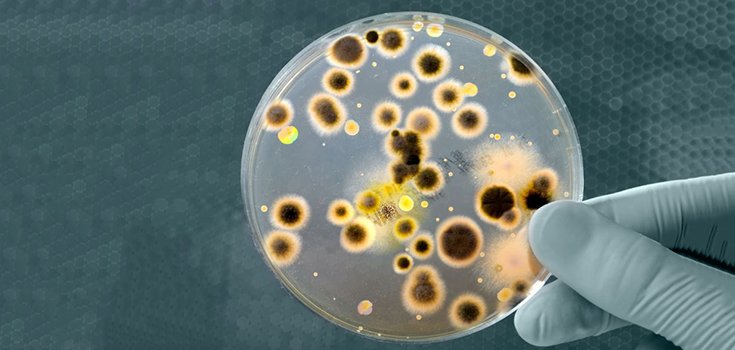2nd Case of Superbug Resistant to All Drugs Found in NY Patient

A second patient carrying a superbug resistant to all antibiotics has been identified in New York, just a month after a woman carrying the gene was discovered in Pennsylvania.
The mcr-1 gene makes bacteria highly resistant to antibiotics, including colistin, the “last resort” drug. Health experts have warned that failure to take steps to fight antimicrobial resistance could send modern medicine back to the Dark Ages.
Scientists identified the gene in the patient’s sample of E. coli bacteria.
The finding in New York was part of the SENTRY Antimicrobial Surveillance Program – a worldwide effort that tested over 20,000 patients with E. coli or Klebsiella pneumoniae strains. [1]
Samples of E. coli (13,525) and Klebsiella pneumoniae (7,481) strains were collected last year from hospital patients in the Asia-Pacific region, Europe, Latin America, and North America. The researchers tested these strains and found that 390 (1.9%) were resistant to colistin, and that 19 of these isolates tested positive for the mcr-1 gene.
Samples from 10 countries tested positive for mcr-1, including one from the United States – the woman in New York.
The second discovery of the superbug was set to be published in the June 27 issue of Antimicrobial Agents and Chemotherapy, a journal of the American Society for Microbiology. However, the editors opted to postpone the article because the study authors wanted to verify the data.
The authors are expected to confirm the results within a week, according to a journal spokeswoman. [2]
Bacteria have the ability to share genes, which has health experts spooked that the mcr-1 gene may find its way into carbapenem-resistant enterobacteriaceae (CRE) bacteria. This could potentially create bacteria that are resistant to all classes of antibiotics. [3]
- The mcr-1 gene first showed up in China. Upon its discovery, researchers in that country said that it was too late to start restricting the use of colistin; the damage was already done.
- Then mcr-1 showed up in Denmark, in a patient with an untreatable form of salmonella. The superbug was also found in five samples of chicken imported from China through Germany.
- From there, researchers uncovered bacteria containing the gene in the United Kingdom on three farms and in samples of human infections.
- Then, in May, it was revealed that the mcr-1 superbug had reached the United States. A 49-year-old Pennsylvania woman had sought treatment at a clinic for a urinary tract infection in April, and the clinic sent a sample to the Walter Reed National Military Medical Center in Bethesda, Maryland, where the antimicrobial resistance was detected.
Here’s where things get scary: the woman had not traveled outside of the U.S. in the five months prior to her diagnosis, which indicates that other people in the U.S. may also be infected with the bacteria.
The bacteria have also been discovered in Canada in old samples of ground beef from Ontario dating back to 2010, and in a female patient from Ottawa in 2011.
And, disturbingly, scientists believed it would take the superbug about a decade to travel from China to Europe. Instead, it took mere months.

In May, economist Jim O’Neill released an 84-page report with a long-awaited plan to fight antimicrobial resistance. It lays out the following interventions:
- A global public awareness campaign
- Improve sanitation and prevent the spread of infection
- Reduce unnecessary use of antimicrobials in agriculture and their dissemination into the environment
- Improve global surveillance of drug resistance and antimicrobial consumption in humans and animals
- Promote new, rapid diagnostics to reduce unnecessary use of antimicrobials
- Promote development and use of vaccines and alternatives
- Improve the number, pay and recognition of people working in infectious disease
- A global innovation fund for early stage and non-commercial R&D (research and development)
- Better incentives to promote investment for new drugs and improving existing ones
However, these interventions may never be brought to fruition, due to disagreements, political in-fighting, and an unwillingness to do what is necessary to bring medicine back from the brink.
For example, pharmaceutical companies aren’t interested in developing new antibiotics because they are not profitable. O’Neill’s suggestion for offering a financial incentive to companies could be the only thing that moves the industry to take action.
Sources:
[1] RT
[2] Managed Care
[3] Syracuse.com

I have to wonder how long that “superbug” would survive in a beaker of colloidal silver solution?